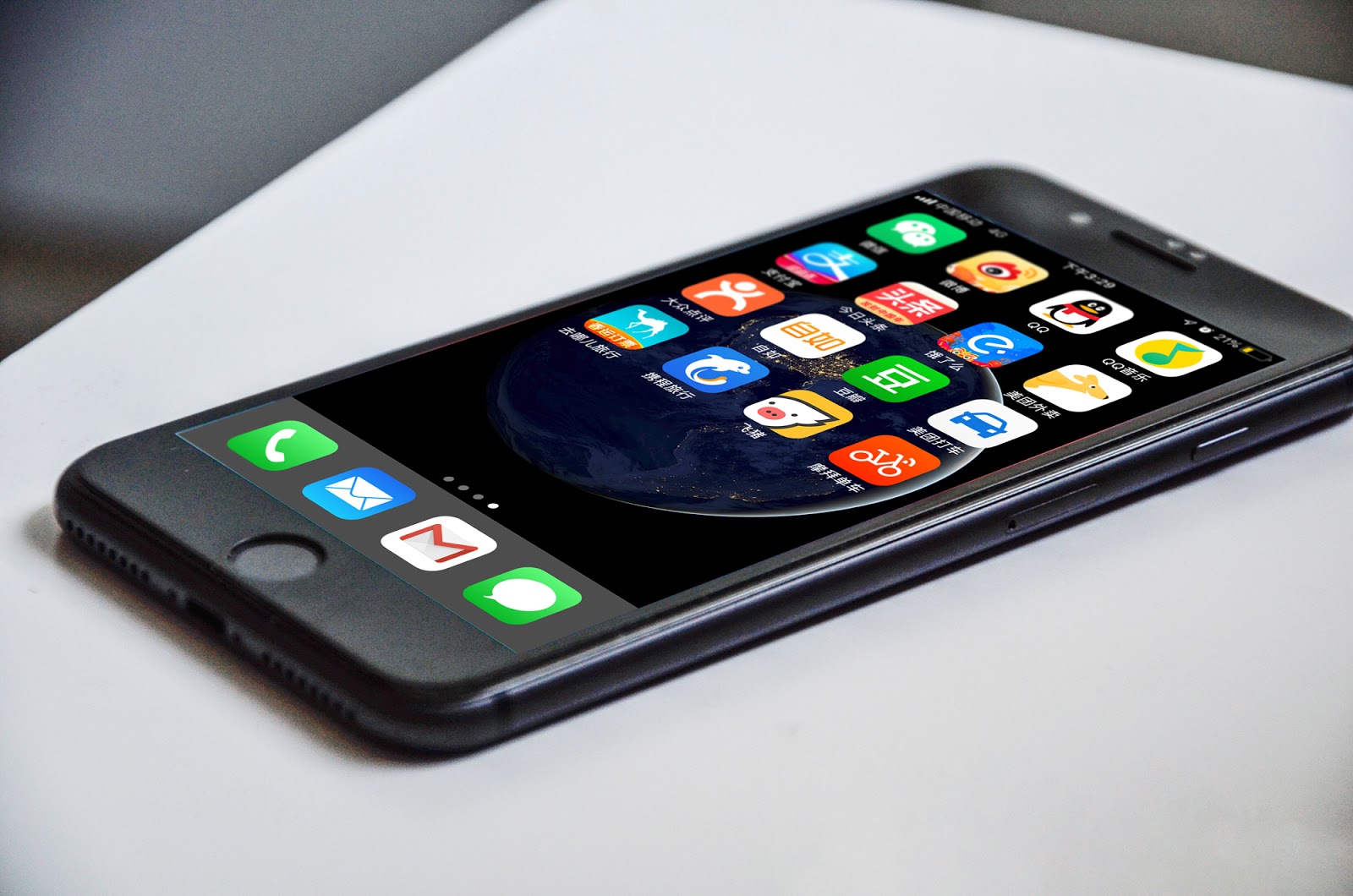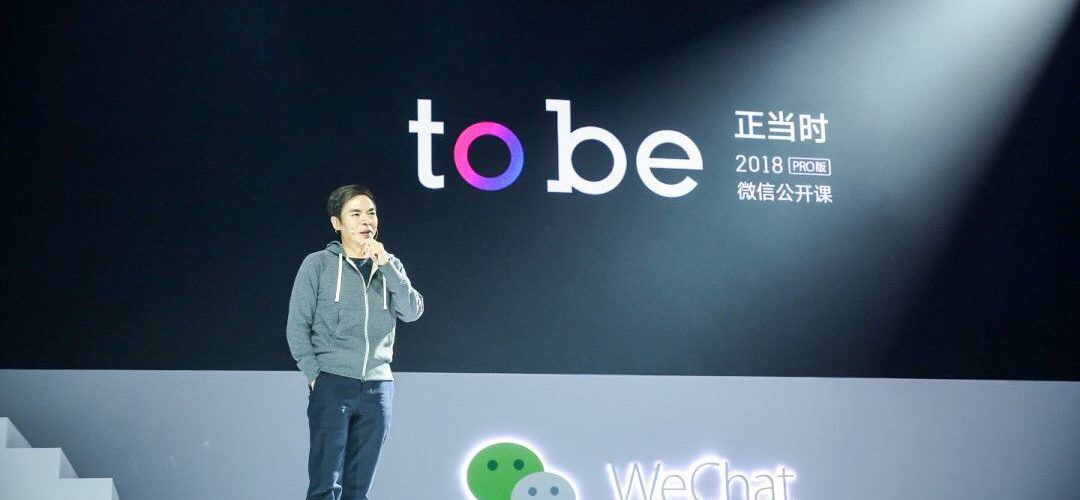WeChat, Omnichannel and All That Sh*t
Alibaba, Tencent and why we pick WeChat for omnichannel strategies in China.
You hear “omnichannel” dropped every other day, usually in conjunction with something just as buzzwordy such as “AR” or “blockchain”.
But there’s a reason Alibaba has Hema and Amazon acquired Whole Foods.
Online and offline are colliding in a very real way, especially in China.
And China is only a tell-tale of what’s to come everywhere else.
If your business has an offline presence, you’re hopefully already well on your way to digitization.
If you’re a premium or luxury brand, you still have time, but you don’t want to wake up in 3 to 5 years from now with a weak digital play: “good enough” isn’t gonna cut it for much longer.
China? How come?
China is on track to surpass US in total retail sales this year: for most of our partners it’s either their biggest market or their fastest growing one.
This year, 83% of its population will make use of mobile payment. This is only one example of how China managed to leapfrog its way to the forefront of innovation in this space.
The QRCode is another innovation that caught on surprisingly fast, allowing for remarkably convenient and powerful O2O applications.
And the Chinese culture is particularly well suited to the lean startup mentality, or at least a local flavor of it.
Alright: what then?
Now, if you’re in China, you may be a bit overwhelmed with all the opportunities you need to get familiar with: Tmall, JD, New Retail, Tik Tok, KOLs, Social e-commerce, 小红书, …

How the heck are you supposed to know what to do?
2 things to keep in mind: first, a lot of it is bullshit; second, don’t come in with a Western strategy you hope to “localize”.
Uber, Google and Amazon have shown us that you’ll need to throw away your playbook and go local.
You should expect to deal with one of the two giants…
Alibaba vs. Tencent
As I mentioned earlier, you may decide to diversify your marketing activities on TikTok, 小红书 or wherever your audience is gathering.
But you will have to deal with Alibaba (Tmall, Alipay) and Tencent (JD, WeChat); there’s no way around it.
And they have very different takes on things.

Let’s focus on Alibaba, as Tmall is the go-to e-commerce platform in China.
One of the main disadvantages with Alibaba is their relation to data; it’s a great platform if what you’re looking for is direct e-commerce ROI for spend, but you’ll have to understand you won’t own much of the data related to your e-commerce activity, whether it’s users or orders.
Additionally, you should be aware that ultimately Alibaba will be your competitor.
If you’re a luxury brand, they’ll bend over backwards to get you on their Luxury Pavilion, but rest assured that as soon as they reach critical mass they’ll be playing you against other brands, and ultimately compete with you directly.
You can see this trend in all other verticals. Don’t think that your premium status will keep you out of reach forever.
Think of Amazon and publishers, Apple and record labels, or Netflix and film studios. This is no different.
We love WeChat…
A few minutes using WeChat and Alipay should give you a clear sense of the difference between the two. While on Alipay you’re overwhelmed with an endless feed of promotions and call to actions, WeChat is all about meeting your needs as a user.
WeChat’s creator, Allen Zhang, has been consistent in reflecting this user-centric mindset:
“If WeChat was a person, it would be your best friend based on the amount of time you spend on it. So, how could we put an advertisement on the face of your best friend? Every time you see them, you would have to watch an advertisement before you could talk to them.”

WeChat offers a social dimension that isn’t present on Alibaba’s platforms and leaves you in control of the experience.
More importantly, you can plug in your own systems (e.g. Social CRM, OMS) and own the data.
Comparing the performance of your e-commerce on WeChat & Tmall is missing the point. WeChat allows you to create bespoke, social and personalized experiences for your audience.
The impact isn’t just measured in e-commerce sales; it’s also customer data, brand recognition and loyalty, offline sales, social commerce…
For premium brands & omnichannel, WeChat is a no-brainer
This is why we usually pick WeChat as a starting point.
We mostly work on omnichannel strategies for premium and luxury brands. WeChat is a great channel to build long lasting relationships between brands and audiences.
It’s also incredibly easy to integrate with your existing digital ecosystem alongside other channels and offer seamless experiences to your customer across Web, mobile, WeChat or offline touchpoints.
In the next post, I’ll explain how we use WeChat and OMNI (our omnichannel middleware) to enable brands like Nike, Hilton or Burberry to create such experiences in China. Stay tuned.
Interested in what we do? Wanna hear more about OMNI? Drop us a line and we’ll get back to you.